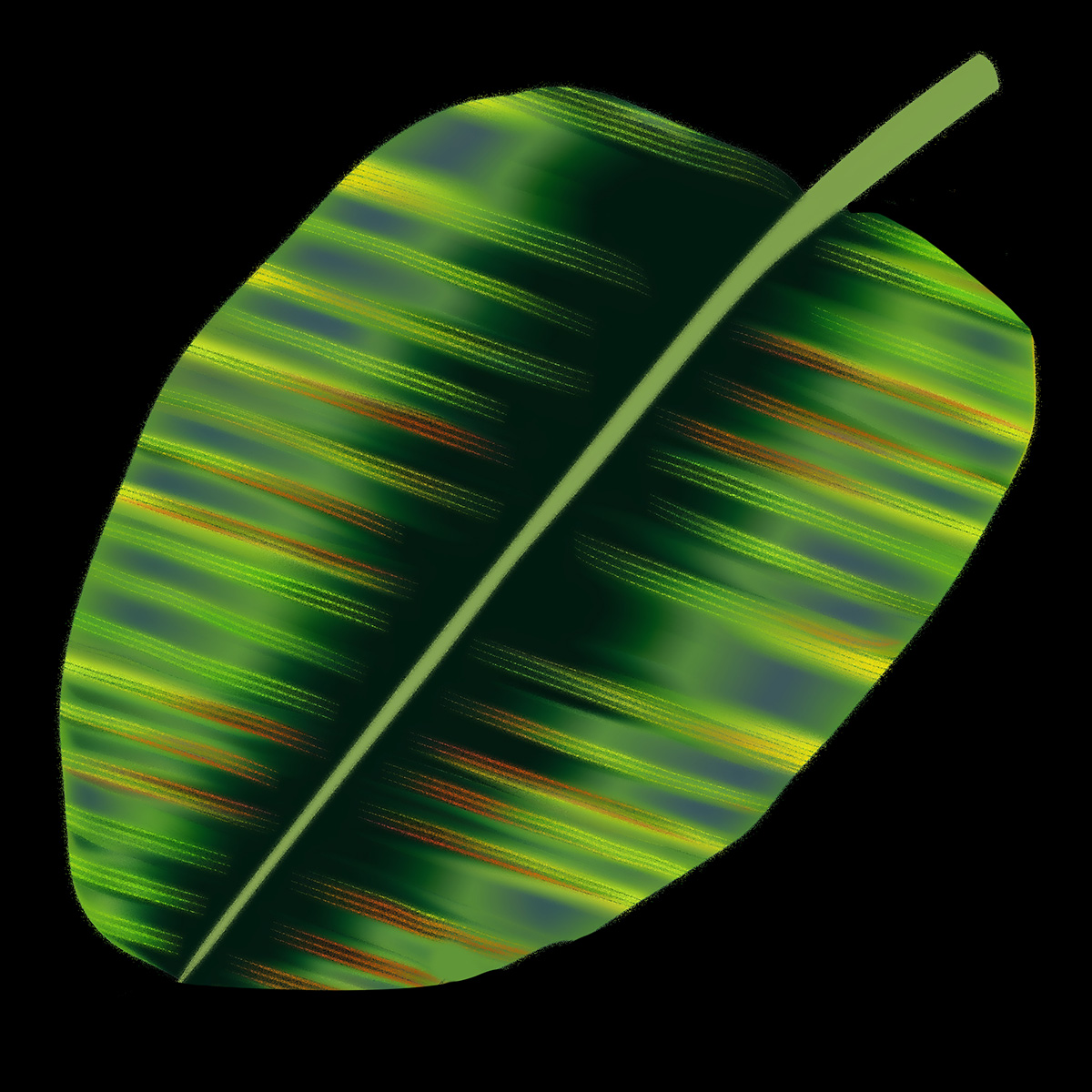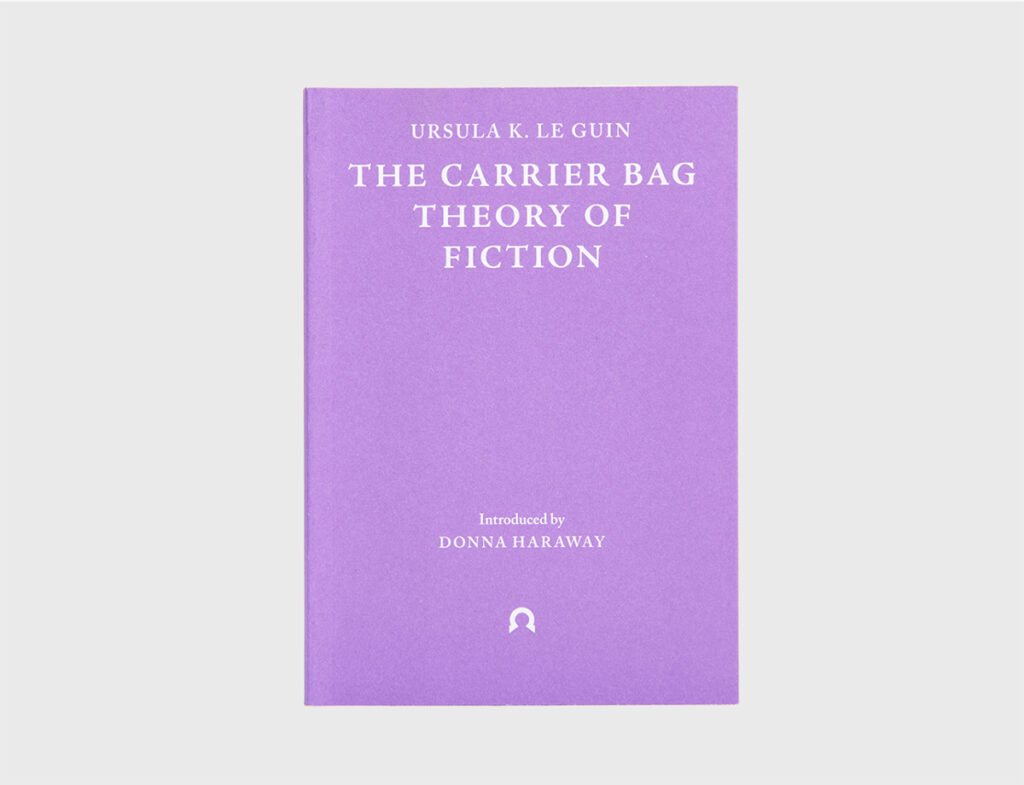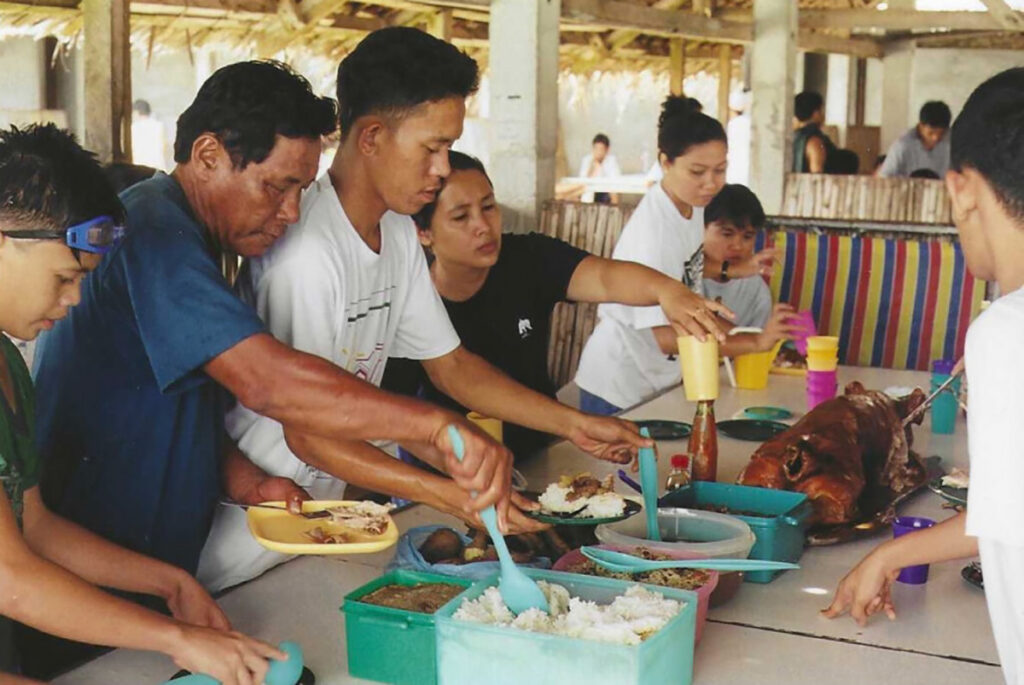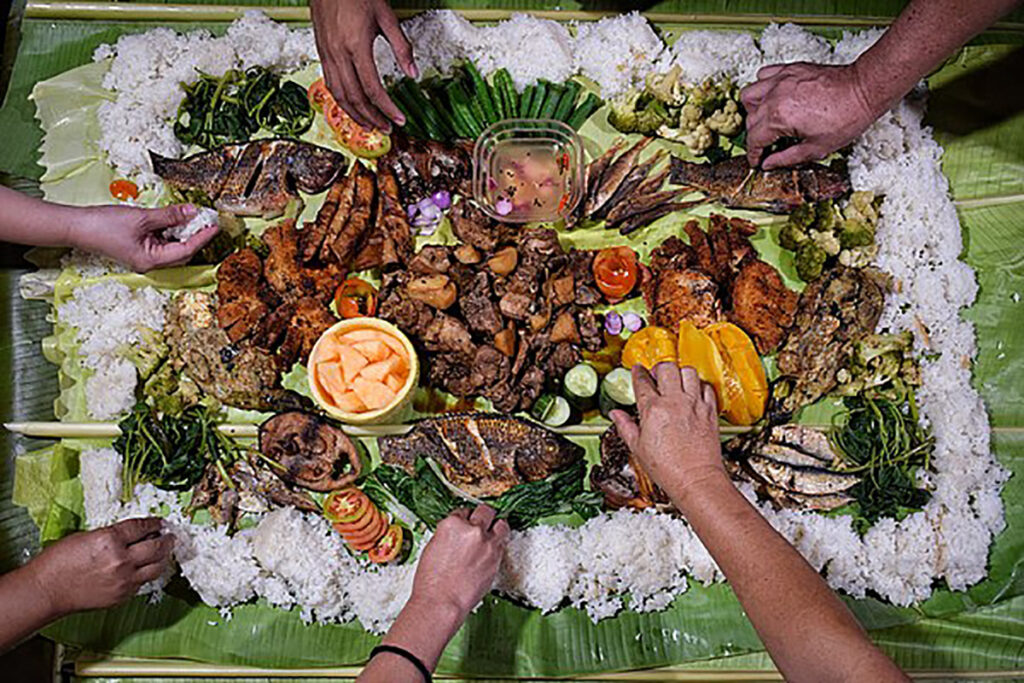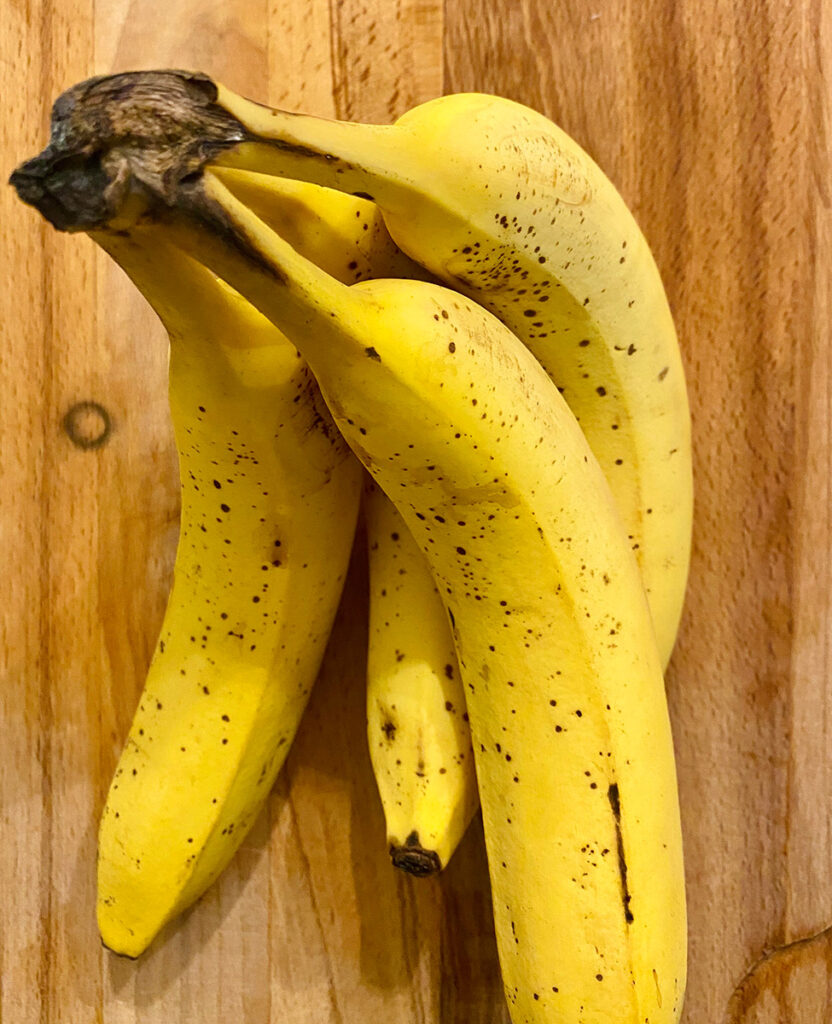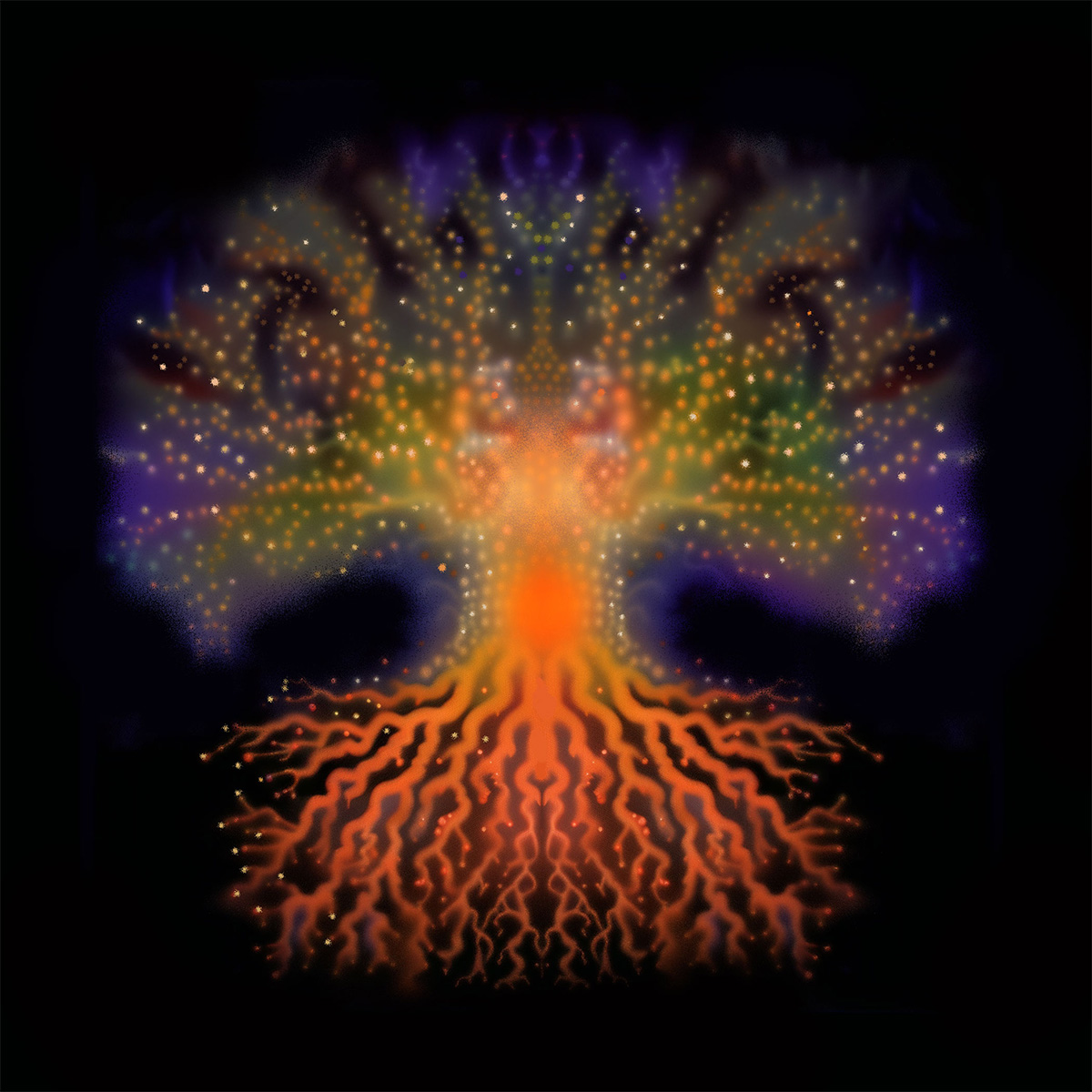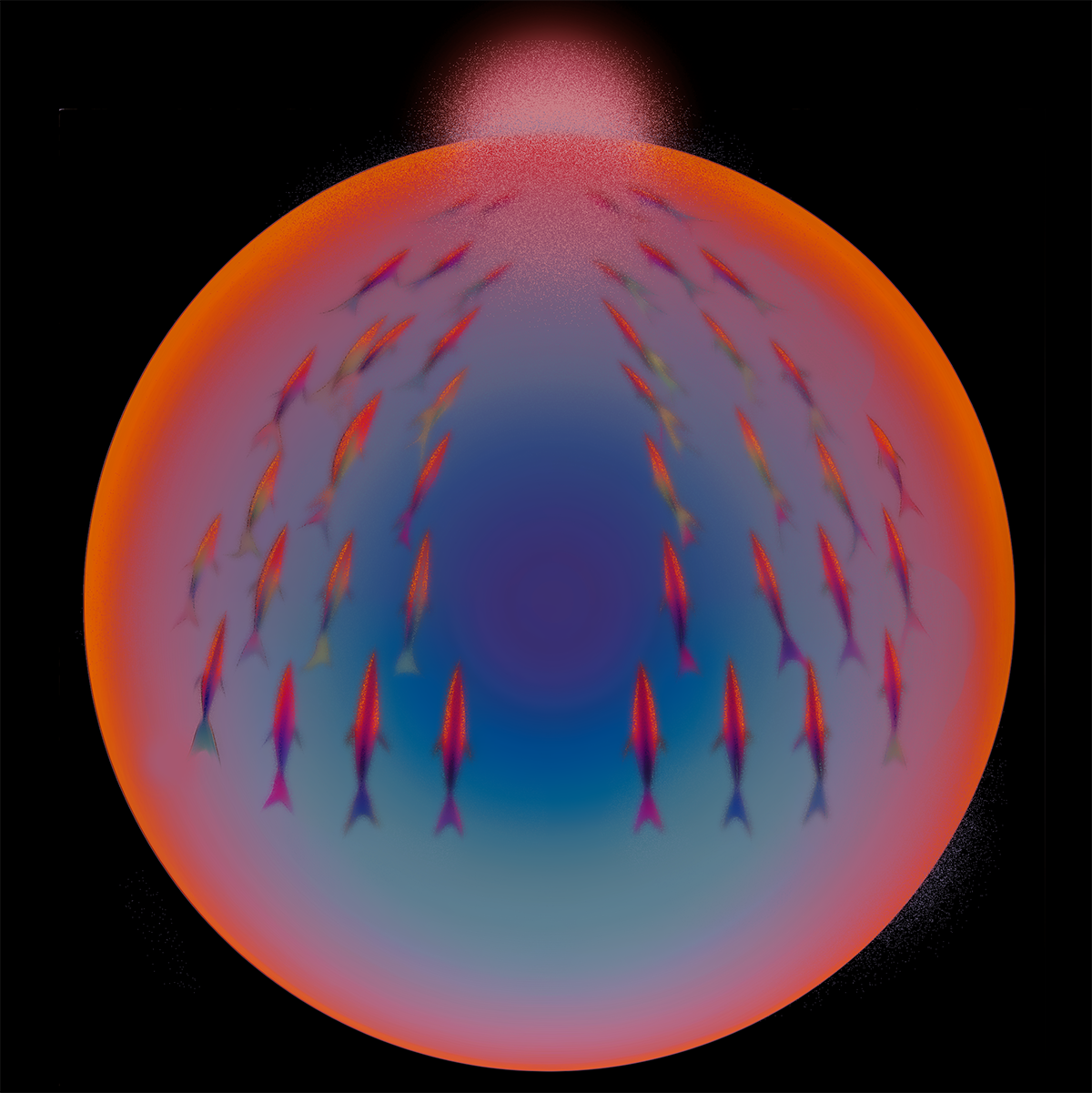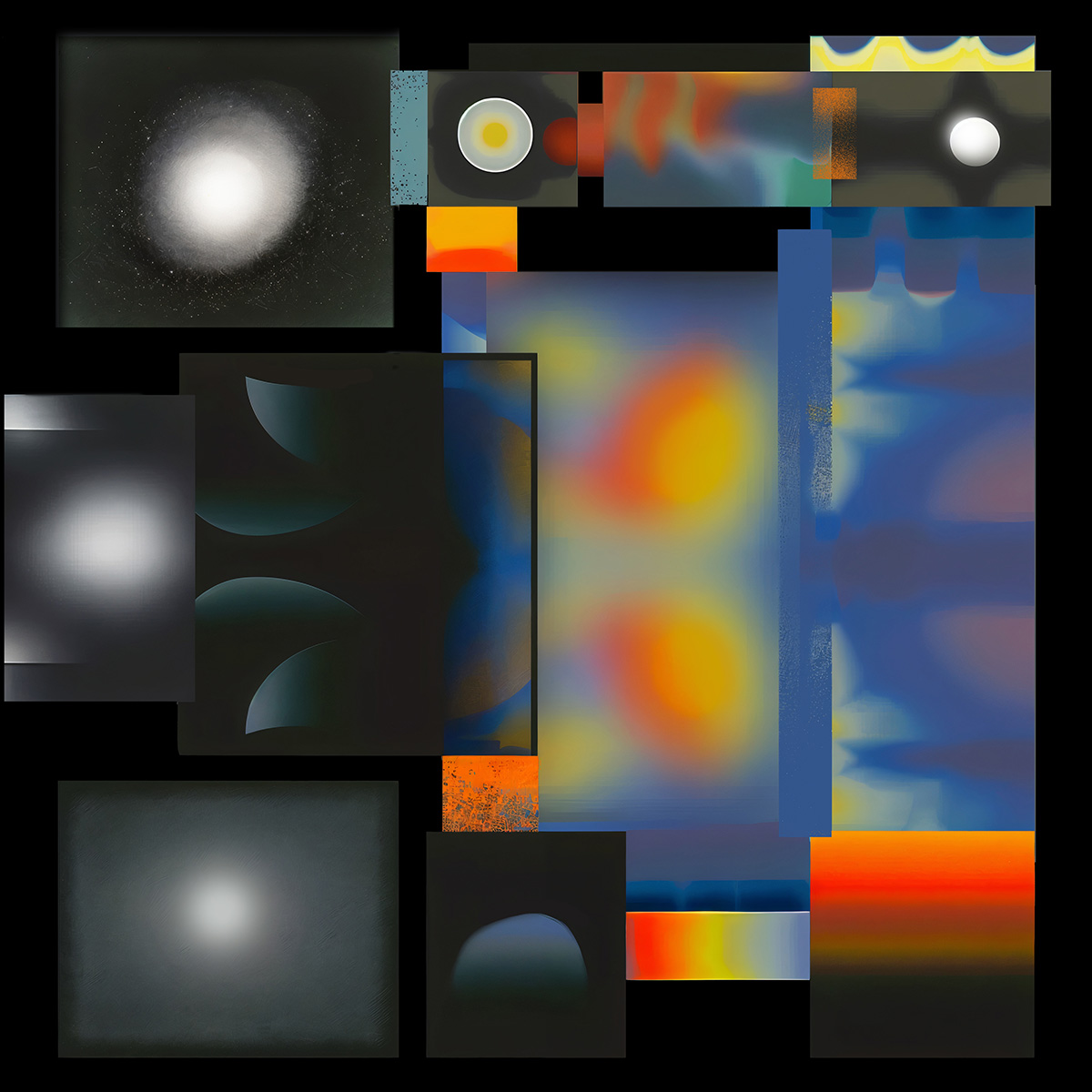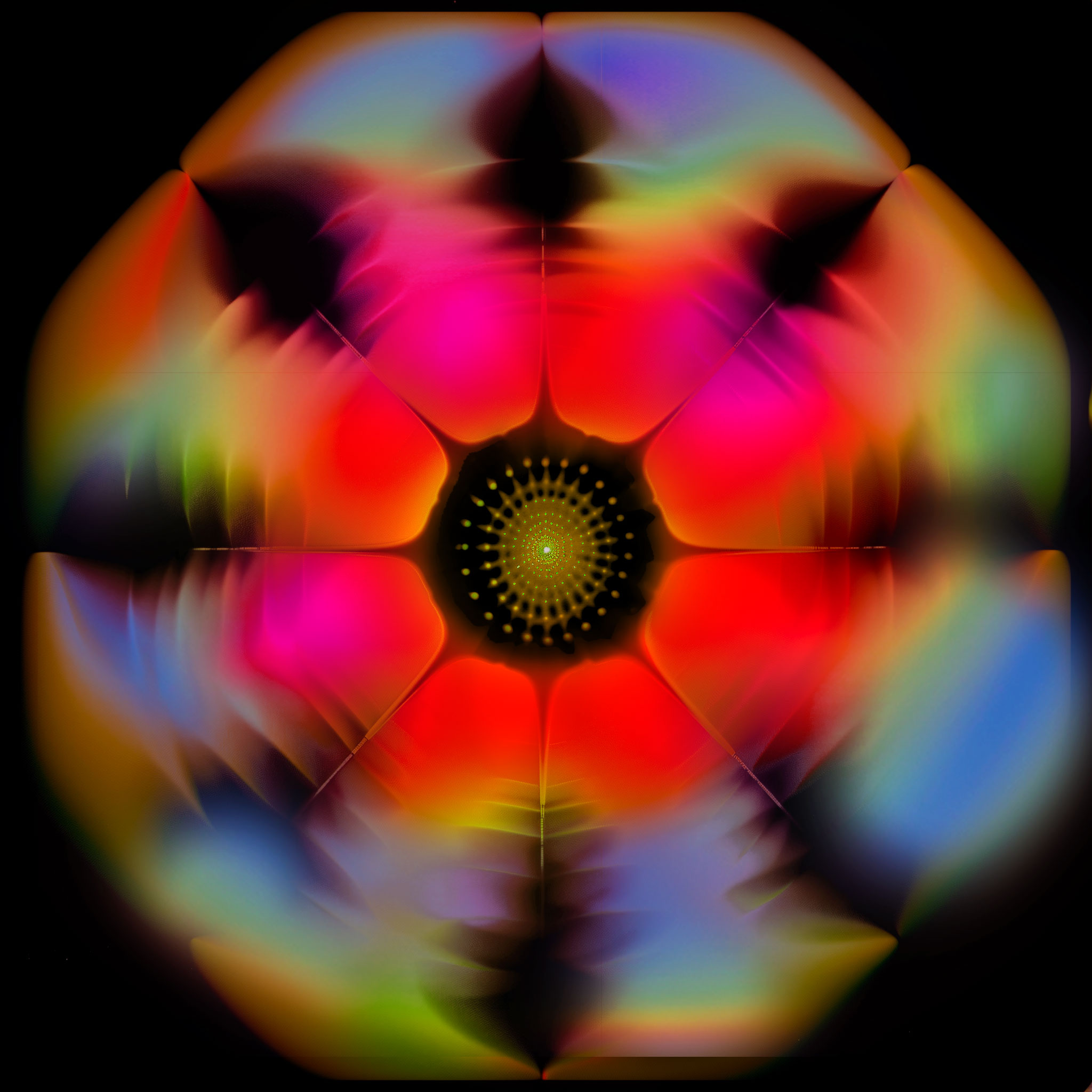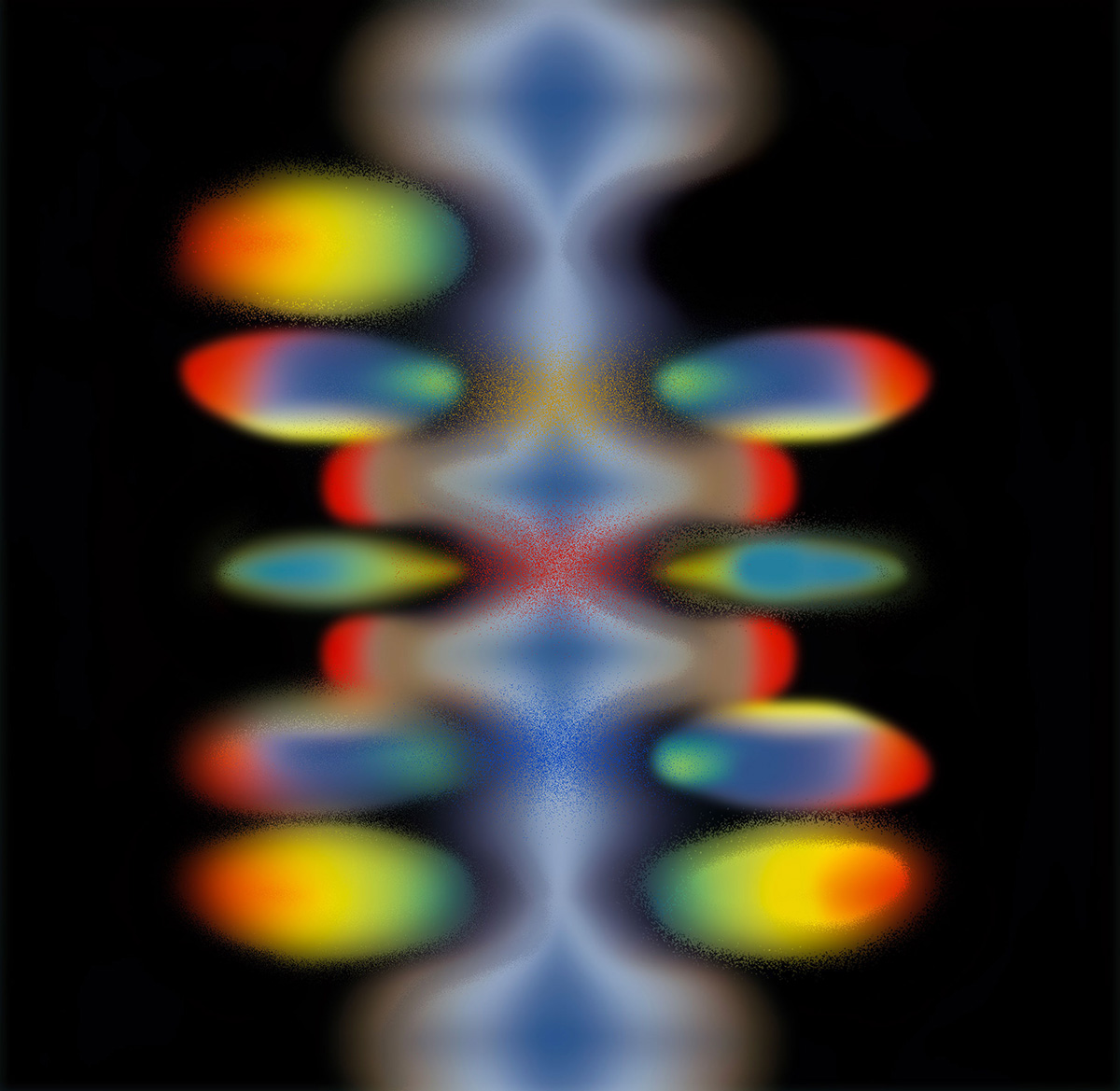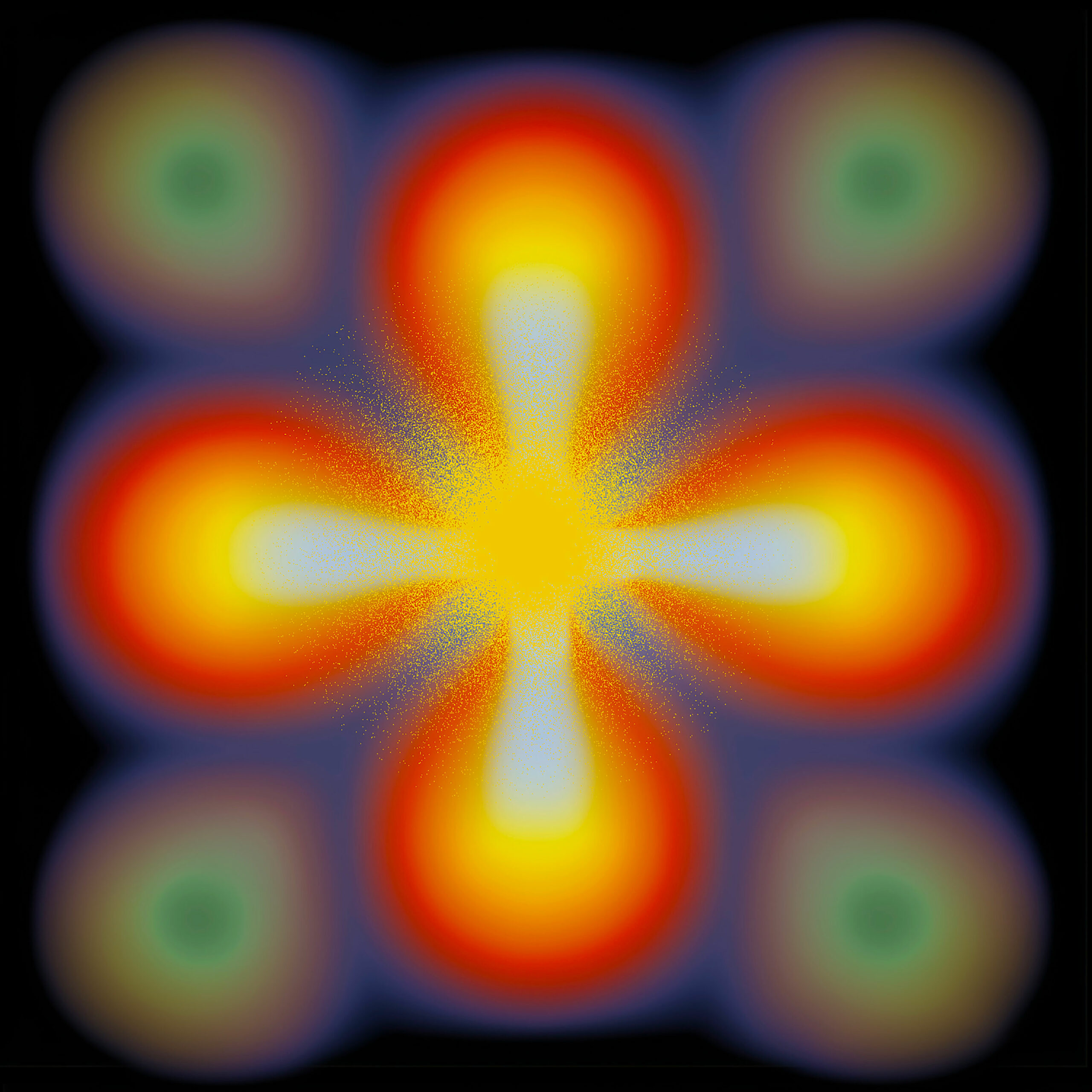relational architectures is a series that locates ways for design to operate through relationships built on solidarity.
The Banana Leaf is a container technology. The banana leaf holds, carries, nourishes, passes on ways of relating, brings home. In Ursula K. Le Guin’s “Carrier Bag Theory of Fiction” essay she proposes redefining technology as a cultural carrier bag opposed to a weapon of domination. Le Guin’s essay argues that we should change the dominant narrative— the most pivotal technology was not the familiar hero’s tools of domination, but the carrier bag—a sack, medicine bundle, the container for that which nourishes, that which is passed along, that which is sacred. In “Carrier Bag Theory of Fiction,”1 she posits how we’ve all heard the story of technology’s heroism expanding outwards in linear growth, but it is not often we hear the story of the holder, the recipient, the cultural carrier bag. “Before the tool that forces energy outward, we made the tool that brings energy home,” Le Guin writes. We build technologies as extensions of ourselves to shape, interact with, sense, and access the world around us; technologies emerge into whole cosmologies that feed into themselves2. As unprecedented technological growth accelerates side by side with the collapse of the climate crisis, technology is being urgently called upon to build newer solutions for the future of a dying world. But what we need is remembering: remembering the way we are connected to life on this Earth is the remedy that will help us understand how to coexist and continue life on this Earth. What would it mean to reorient the solutions we seek with technology towards the way we carry relationship?
- 1Ursula Le Guin. “The Carrier Bag Theory of Fiction”
- 2Yuk Hui “Cosmotechnics as Cosmopolitics”
Kamayan is a traditional Filipino celebratory feast where community gathers and eats by hand from a spread of food and flowers held on banana leaves. All is held by the banana leaf; the banana leaf acts as the table cloth, the plates, the placemat, and the substrate for a ceremony. This practice faded under colonial rule, first under Spanish colonization around 1565 and then further under American colonization around 1898, as eating off of a leaf with bare hands was deemed uncivilized3. The more “civilized” act for colonization was hauling the banana trees to the Americas to be turned into a monoculture plantation market of exploitation4, human rights violations and environmental degradation; severing the connection between humans and land is a foundational pillar of domination. The chasm between the stories of technologies Le Guin contrasts—the carrier bag of seeds and stars and the “linear, progressive, time’s (killing)-arrow mode of the Techno-Heroic”.
- 3Filipino history lessons taught through food. How the Philippines’ different colonial periods impacted its cuisine.
- 4Hannah Fuller. “Bananas: a story of clones and colonization “
The first tropical fruit to be cultivated on an industrial scale, the export of bananas5 under 20th-century U.S. and European colonialism “advertised as bringing ‘modernity’ to tropical regions and making use of a ‘useless’ jungle”6. Bananas are now amongst the largest industrialized agricultural exports; the Philippines are among the top five exporters7. As a marker of colonial industrialization, bananas are the crop experiencing the most genetic cloning and one of the largest consumers of agrochemicals. These processes are detrimental to natural ecosystems, biodiversity and soil health, the effects of which are disregarded as “factors of production”. Massacres of both humans and land stain the ground that expedites production of bananas8. The efforts of the western world to mitigate its consequences on the Earth are all too often technosolutions disembodied from the root of our crises. Can we remember relationships with the plants themselves that hold the foundations of coexistence?
- 5“Bananas: From Plantation to Plate” The Ecologist.
- 6“Peeling Back the Truth on Bananas”– Food Empowerment Project.
- 7“History of Land Reform and Cooperatives in the Philippines” – BananaLink.org
- 8Mariana Ramirez Cabal. “The Dark Side of Bananas: Imperialism, Non-State Actors, and Power”.
The undoing of colonialism comes down to countering its scaffolding of extractivism with the intimate ways we are in relationship. The relationship held by the banana leaf in Kamayan was deemed uncivilized—it represents coexistence opposed to production and power for individual gain. But the leaf of the banana carries the memory of communal gathering—a container for remembering how we hold each other in community and how we are held by the Earth that nourishes us. Plants have a way of carrying ancestral medicine throughout time and space, their form a re-remembering of moving with and honoring the cycles of life.
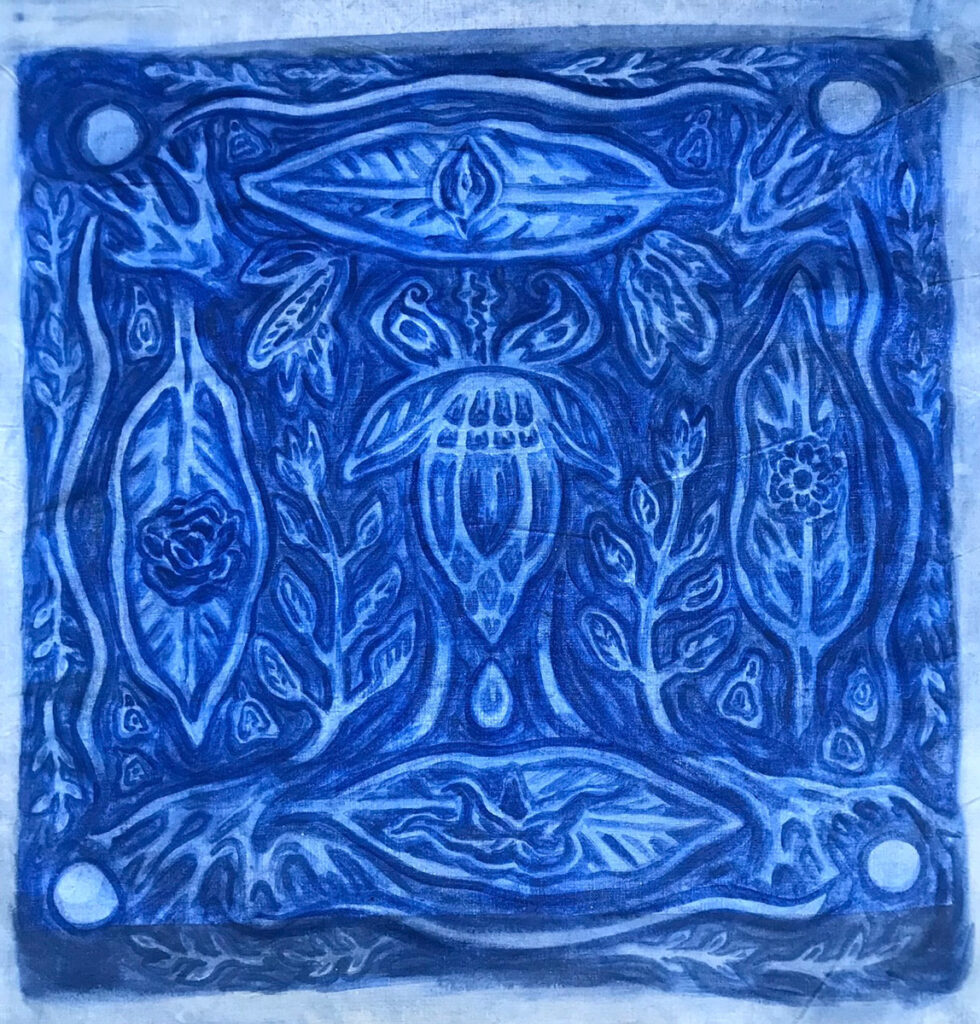
In such an urgent time, can we slow down time? Gather with beauty. Eat slowly.
Feel everything.
Kamayan translates to “by hand”. In Kamayan, to eat is visceral in the way we feel through our hands. Le Guin defines technology as the way we interface with the world and bare hands, stripped of tools, are intimate interfaces. The hands are one of the most touch-sensitive parts of the body, each finger tip containing over 3,000 sensory receptors9. We orient ourselves in tune with our environment through sensing, the way we sense is a relationship with this world we walk. Hands feel the oils and juices of life. In the intricacies between fingers, Kamayan gives us an embodied connection to the earth where the food came from. Eating food is one of our closest innate connections to the Earth. Pre-colonial Filipino folk beliefs are rooted in the philosophy that humans descend from nature and return to nature after death, promoting deep reverence and responsibility for the Earth10.
- 9Elise Hancock. “The Handy Guide to Touch”.
- 10Carl Lorenz Cervantes. “Deep Ecology, Nature Spirits, and the Filipino Transpersonal
Worldview Worldview”
When we eat, we participate in the cycle of life. Food is the manifest of seeds that contain worlds. Underground in the chtonic belly of the Earth, with just the right conditions in the soil for life, the body of plants sprout above the surface to harness the energy of the sun. The plants, tended by stewards of the land, harvested and prepared by working hands, are received in our body, and through this we access the energy of that bright ball of fire that lights up our universe. The act of eating is one of metabolism, Earth’s natural cycles necessary for life are of planetary metabolism10, and to dream with Earthly metabolism is to nourish that which nourishes us. When banana leaves go back into the Earth, they enhance microbial diversity and metabolism in the soil that holds our feet every day11. We are at all times interwoven through the great exchange with decaying life, recomposing fertility, fecundity in the cycles of the seasons, the cycles of our bodies, the cycles that work with death to bring life. The sacredness in how everything is sourced from and given to the Earth for the pathways for life to continue, the foundation of reciprocity. While the dominating technologies today are salient with futurity, the banana leaf as container technology is one that carries a remembrance—remembering how we are in relationship with the world so that we nourish that which nourishes us. A cycle to break a cycle, like a spell that breaks a spell.
- 10Matthew Long. “Planetary Metabolism in a Changing Climate”
- 11Yichao Wu a, Peng Cai a, Xinxin Jing a, Xueke Niu a, Dandan Ji a, Noha Mohamed Ashry a b, Chunhui Gao a, Qiaoyun Huang. “Soil biofilm formation enhances microbial community diversity and metabolic activity”
Through Kamayan as container, the banana leaf creates space in a topography for relation. A meal is shared without separate plates in a gesture of togetherness. Food and flowers are arranged like a tapestry; for me this has always been an act of beauty to celebrate being together in community, an interconnectedness called kapwa. Beauty emanates with the force of vitality; attracts pollinators to help plants reproduce, draws lovers to coexist with each other, slows down time to give attention. There is an urgency to find ways to endure in the present moment. The word endurance often has masculine connotations of strength, but I think endurance comes from the way we gather in solidarity, the tenderness of beauty, the practices of connection. Cosmologies are embedded in daily life, and we need a paradigm shift in how we relate to other humans, non-humans, and the environment at an intimate level in the day-to-day. The practices of relationship we live out co-write our cosmologies, the ways we can embody change in this ecological turn.
A ceremony, a way of gathering, a medicine bundle, a bag of seeds, a plant ritual—a container technology can be an architecture of remembering embodied wisdoms that have existed long before us and that will cascade long after us. When connecting to ancestral wisdom can feel like swimming upstream through colonial erasure, plants are a bridge carrying ancestral medicine. The plants carry teachings for life through nonlinear time, and share patterns and cycles of fecundity from chthonic compost, asking us to listen with all of our senses, and teaching us how to live in reciprocity. While the ecological shift that is needed is unfathomably vast, its fractal also scales down to the most intimate place inside of us. Technologies that can help this Earth are embodied technologies rooted in reciprocity. The greatest catalyst we need to bring healing to the planet is the most humbling one—to be in right relationship with the Earth. The carrier that brings us home.
With gratitude for this Earth and everything of this land that holds us, nourishes us, coexists and coevolves with us, may the way we interface with the world be one of right relationship.

On the Autumn Equinox, Paige will be offering a Kamayan feast and ritual surrounded by her paintings made on banana leaf fibers using oil paint handmade from traditional Filipino medicinal plants. The event is put on with Active Cultures in conjunction with The Brick’s exhibition “Life on Earth” for the Getty’s PST ART at Arlington Gardens, on the ancestral lands of Gabrielino-Tongva and Kizh Nation peoples known as Los Angeles.
